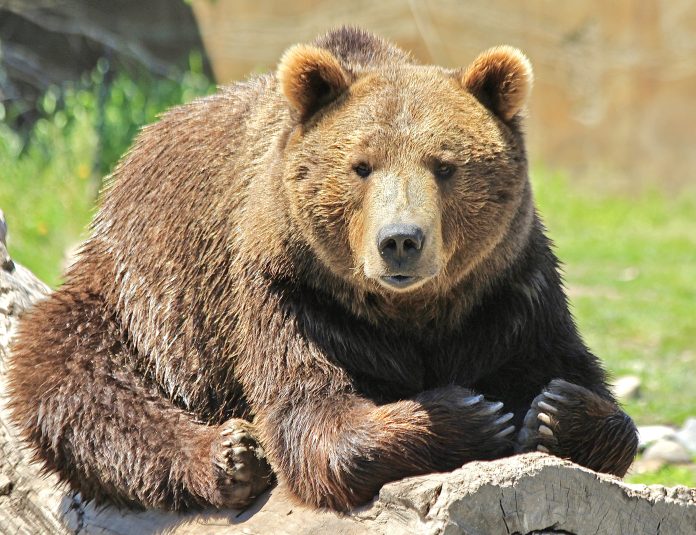You can help all animals and our planet by choosing compassion on your plate and in your glass. #GoVeg
RELATED ARTICLES
Pressure Mounts For Arizona To Ban Dog Pack Hunting Of Mountain Lions, Bears & Other Critical Species
Conservation groups have submitted a petition to the Arizona Game and Fish Commission urging a ban on the use of dog packs for hunting...
Help Save Millions Of Lives This Holiday By Choosing Compassion On Your Plate; Adopt A Turkey Today!
As Thanksgiving approaches, we hope you enjoy a warm and safe holiday. We encourage you to make a compassionate choice by leaving animals off...
Giraffes Are One Step Closer To Receiving Vital Endangered Species Act Protections
In response to a petition and subsequent lawsuit by conservation and animal protection organizations, the U.S. Fish and Wildlife Service (USFWS) has proposed listing...
Popular stories
Healthy Living
Kevin Hart Partners With Beyond Meat On Its Feed A Million+ Pledge & Sends Beyond Burgers To Doctors & Nurses At Northridge Medical Center...
As reported by WAN earlier this week, Beyond Meat announced that the company, along with their dedicated partners, are working to donate and distribute...
News
Breaking! Israel Is On Its Way To Becoming The 1st Country In The World To Ban The Immoral Fur Trade
The historic move to ban the fur trade, which results in the senseless suffering and death of thousands of animals each year, was recently set in...
Breaking News
U.S. Senator Cory Booker Introduces New Bill To Protect Farm Animals & Hold Factory Farms Accountable
Senator Cory Booker has just announced a new bill, The Industrial Agriculture Accountability Act of 2022 (IAA), that could help reduce the suffering of farm animals in...



